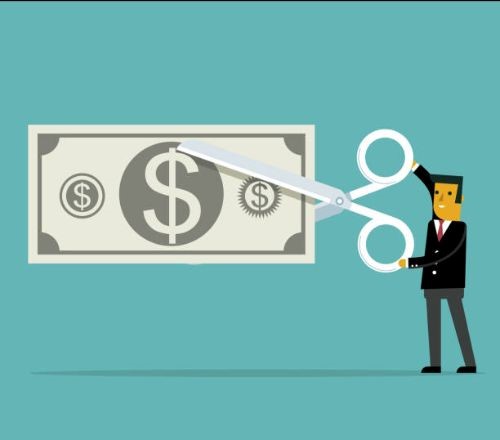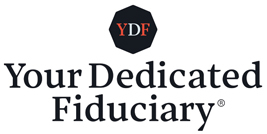It doesn’t take reading Alexander Pope’s Essay on Man to know that hope springs eternal. The transition into a new calendar year is, ultimately, just another day, but we human beings ascribe deeper meaning and optimism to the annual tradition of ringing in our next trip around the sun. And for good reason this year: we’ve been dealing with COVID for 24 months, life as we knew it seems like a distant memory, and 2021, which challenged us with Delta and Omicron, closed out by taking our beloved Betty White.

As 2022 gets underway, it’s a great time to regroup, focus on what (and who) truly matters in life, and let hope spring eternal. In traditional New Year spirit, the firm is looking forward to bringing value in new ways to our clients, referral partners, and friends. Here are just a few, with more to follow throughout the year:
SECURE Act: Pay Attention!
The public hasn’t really caught on to one aspect of the SECURE Act: if you leave your IRA to a non-spouse (your children, for example), unless certain few exceptions are met, the non-spouse heir must withdraw the account value in full within 10 years. This liquidation is taxed at that person’s ordinary income tax rate, which means that they pay tax on that money as if it was earned income. This is a very tax-inefficient way of transferring your IRA, particularly if your heir is in a high tax bracket.

One way to solve for this is through a Roth conversion, which is when you convert part (or all) of your tax-deductible IRA into a Roth IRA. While you pay tax at your ordinary income rate on the amount you convert, one strategy to help minimize the tax cost is to convert just enough to stay in your current tax bracket. Over time, it adds up.
The benefit to you is that the dollars you convert grow tax-free and there are no required minimum distributions (“RMDs”)—which are taxed at ordinary income tax rates—on your Roth IRA. The benefit to your heirs is that they inherit a Roth IRA, and while they are still required to withdraw the full account value within 10 years, they are not taxed on the withdrawal because it is a Roth IRA. This is tax-smart financial planning.
Tax Bracket Management
One of the head-scratching observations I made during the decade I consulted leading wealth management firms nationwide is how many financial advisors don’t use their clients’ tax returns as the basis for planning and investing. A medical specialist asks for the general health history from your general practitioner to review prior to performing a procedure, so why doesn’t the same thing happen in finance? Houston, we have a problem.

Tax-smart planning and investing requires a thorough understanding of your tax return, which evolves over time. One way to make the best tax-smart decisions is through tax bracket management, wherein we implement particular strategies and take certain actions each year driven by your tax profile. The actions we do or don’t take are deliberate and correlate to how your tax profile is changing that year. Far too many CPAs are reactive to what happened in the prior year. To help bridge this planning gap, we work alongside your tax advisor proactively to help make the best tax decisions possible.
Reducing Expensive, Tax-Inefficient Mutual Funds
For decades, the typical “financial advisor” sold expensive, commission-based stock mutual funds that often throw big capital gain, dividend, and interest distributions to shareholders. Even in years when the stock mutual fund is down, as was the case for many stock mutual funds in 2018, large distributions can still be made, which means you pay tax on the distribution even though the mutual fund is at a loss.
While stock mutual funds are not bad per se, they are often much more expensive and tax inefficient in taxable accounts than other investment vehicles, such as exchange traded funds (“ETFs”). Furthermore, many of these stock mutual funds are set by the advisor to reinvest these distributions, which means you are getting taxed on money you don’t see in hand because the distributions are reinvested.

